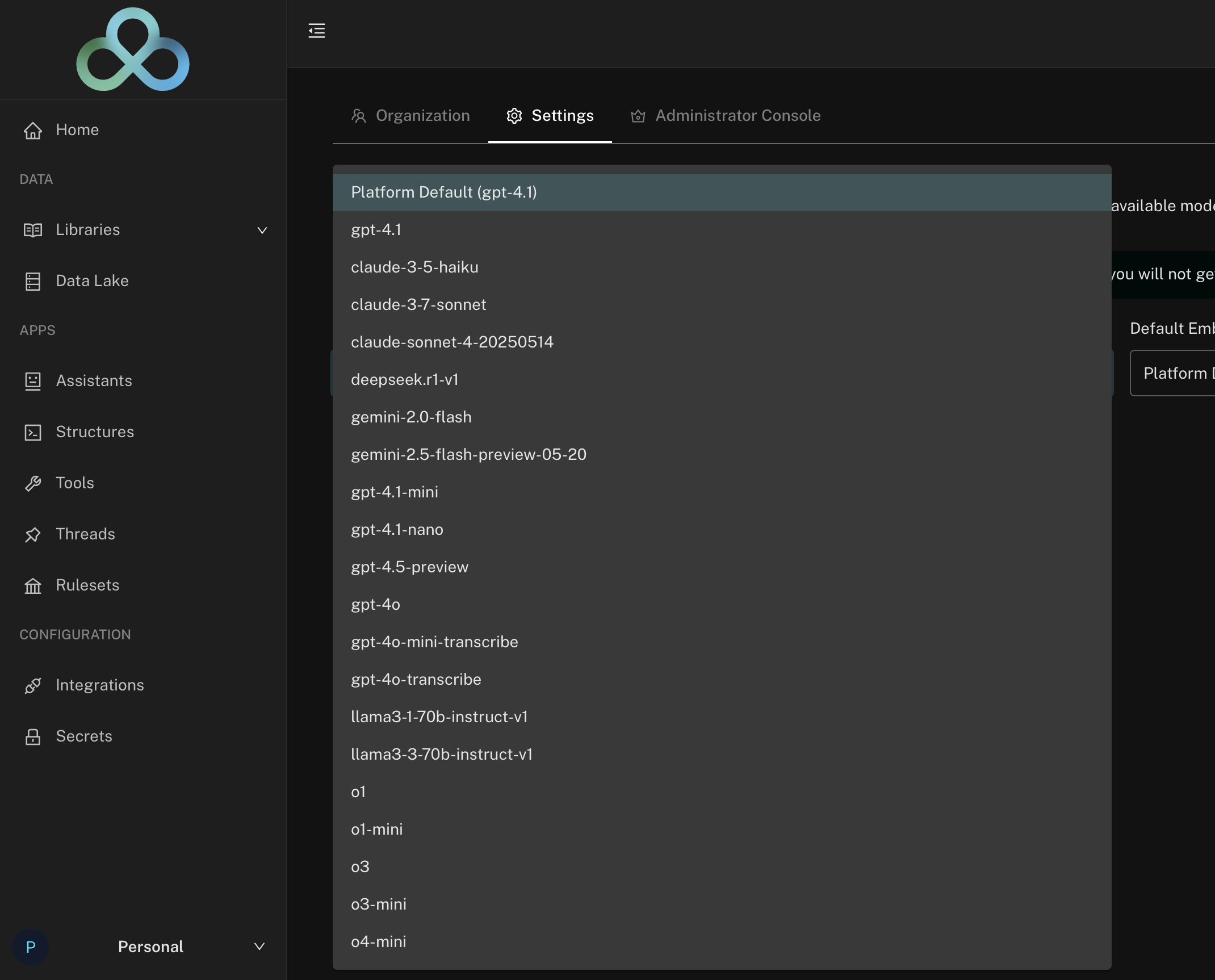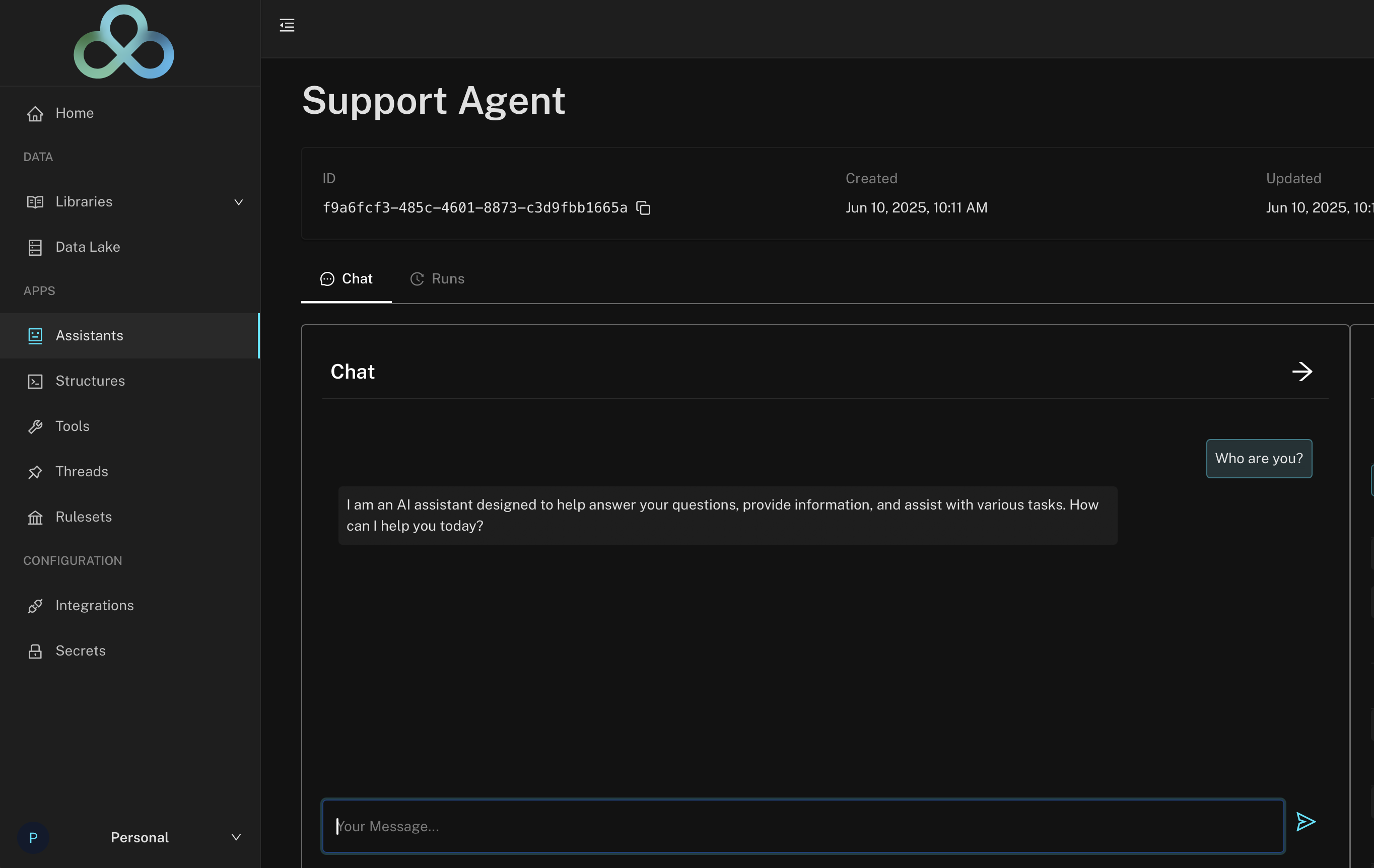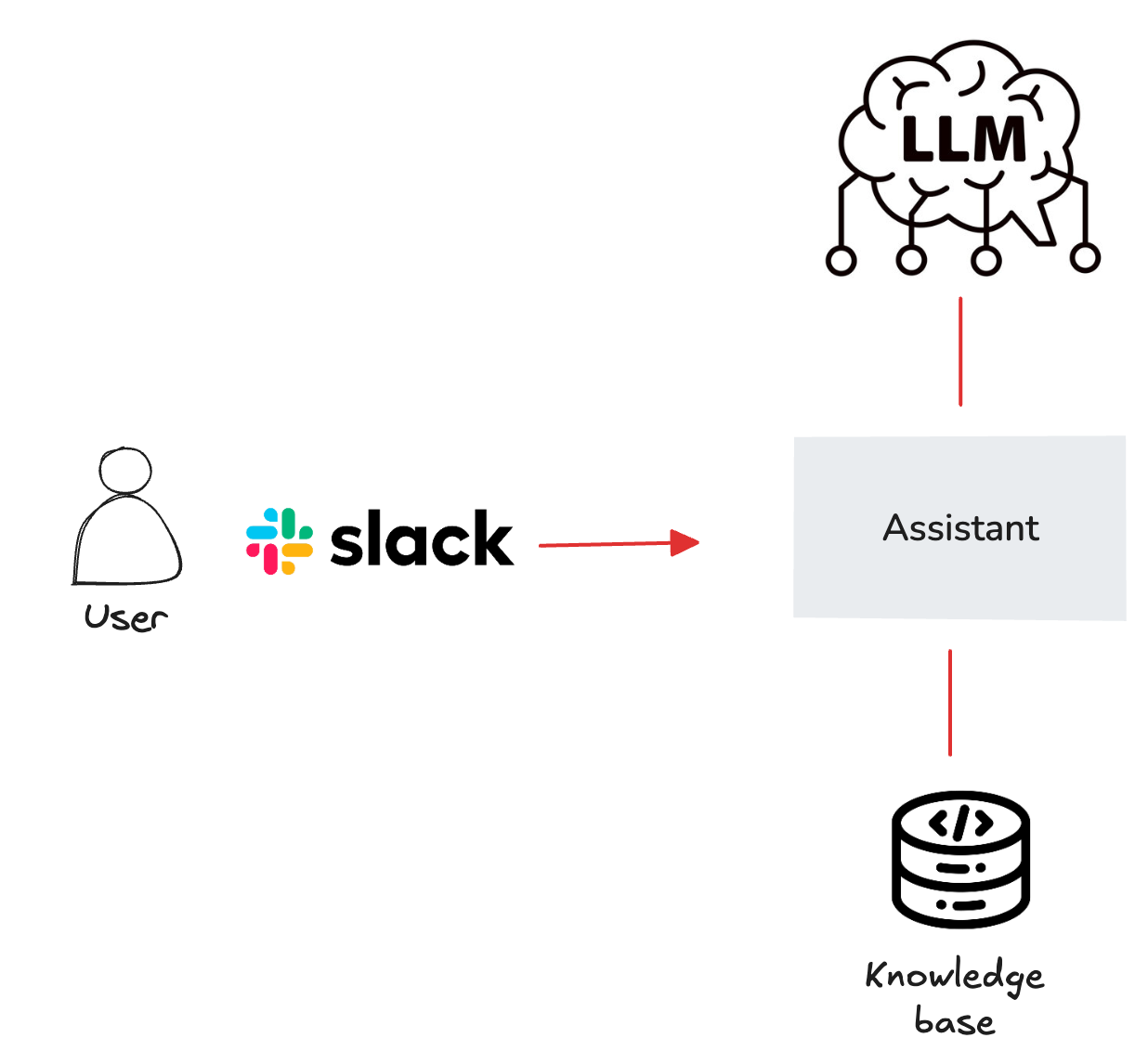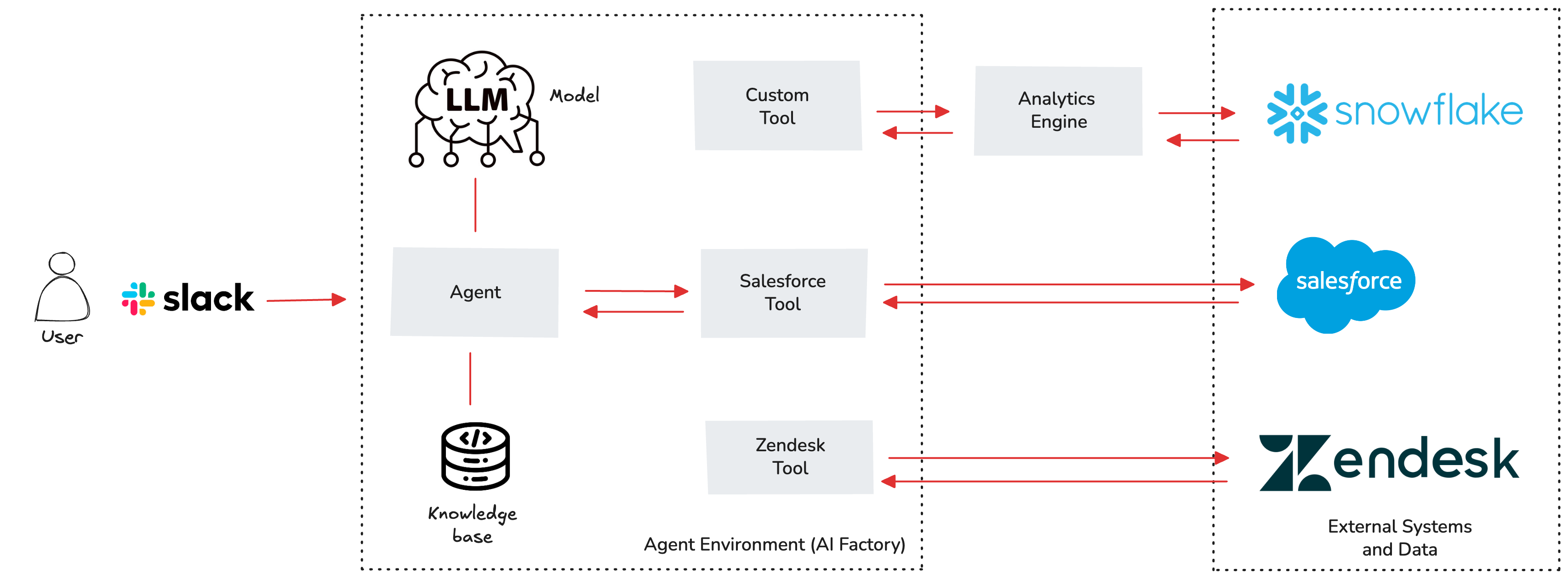How AI agents are transforming data analytics from passive insights to autonomous action
Agentic analytics represents a shift from simply providing data about what happened, to systems that can understand why it happened, what will happen next, what to do about it, and then actually doing it autonomously.
In this article, we explore agentic analytics: what it is, how it works, its key architectural components, and how to build, deploy, and manage such a system using EDB Postgres AI Factory. We'll also examine the challenges that exist in implementing agentic analytics.
Why do we need to take analytics beyond traditional BI?
The traditional business intelligence (BI) dashboards as we know today excel at presenting historical data and current metrics through charts, graphs, and KPIs. They effectively answer the question "What happened?" by visualizing past performance and current status. However, these dashboards often fall short in providing actionable guidance — they don't tell us "What should we do about it?" More critically, they lack the capability to proactively identify opportunities, recommend solutions, or take autonomous action to address emerging challenges. This passive approach to analytics means businesses are always operating in reaction mode, potentially missing crucial opportunities or failing to address problems before they escalate.
Another limiting factor is that BI tools demand significant human intervention to extract meaningful insights and transform those insights into action. Business users must regularly monitor dashboards, interpret the data, devise action plans, and manually implement solutions — a time-consuming process that can lead to delayed responses and missed opportunities.
We need an analytical paradigm that can handle continuous data streams, process unstructured information, understand context, and engage in natural language interactions. We also need systems that can operate autonomously and take proactive actions. These requirements point towards modern generative AI and agent architectures.
Let's dive into how these technologies enable a new paradigm of analytics — one that we call Agentic Analytics.
What is Agentic Analytics?
Agentic analytics improves traditional BI by using smart, self-operating agents that help analyze data. These agents don't just wait for instructions — they take initiative, make decisions, and learn from experience to reach specific goals.
The term "agentic" comes from agency, which means being able to act on your own and make choices. The agentic analytics approach is the next step forward from basic business intelligence, going beyond simple dashboards and reports to create a more independent, forward-thinking, and results-focused system.
A typical agentic analytics system utilizes AI agents that can:
- Autonomously analyze data: These agents don't wait for human prompts. They continuously monitor data streams, and identify patterns, trends, and anomalies on their own. This often involves leveraging advanced AI techniques like Large Language Models (LLMs) and machine learning.
- Generate insights: Based on their analysis, the agents can automatically generate clear and actionable insights, often presented in natural language. They can perform tasks like root cause analysis, hypothesis testing, and even predictive modeling.
- Make decisions: Crucially, agentic analytics goes beyond simply providing insights. The AI agents can make decisions based on predefined rules, learned behaviors, and real-time data, often with decreasing human supervision.
- Take actions: The ultimate differentiator is the ability of these agents to take direct actions. This could involve triggering alerts, sending reports, recommending decisions for human approval, or even executing predefined tasks within business systems (e.g., pausing an underperforming ad campaign, reordering inventory, escalating customer issues).
Building Agentic Analytics with AI Factory
At this point, you might be convinced about the value of agentic analytics. If you're a business decision-maker, architect, or developer, you may be wondering: How can you build an actual agentic analytics system? Is it even feasible today?
The answer is yes! EDB Postgres AI Factory is here to help you do exactly that.
EDB Postgres AI Factory is a complete Postgres platform for GenAI inferencing and agents — with code when you need it and UI when you don't — that combines knowledge bases, observability, and agent orchestration to enable production-ready GenAI in weeks instead of months or years.
GenAI Builder is a critical component of AI Factory that helps you build robust agentic analytics systems. It empowers every department to build custom GenAI solutions with a robust low-code SDK for developers and an intuitive point-and-click interface for business users. You can ensure security and accuracy with custom knowledge bases, rules, and sovereign deployment that protects sensitive data while accelerating development by 3x compared to DIY approaches.
Throughout this section, we'll explore the key components of an agentic analytics system, explain their purpose, and show how to implement them using AI Factory.
The Brain: Reasoning Model
The first step of building an agentic analytics system is to find a suitable Large Language Model (LLM) for the agent.
LLMs are the brains behind agentic analytics systems — they help the system understand and communicate in plain language. They help agents understand context, make informed decisions, and communicate findings effectively, essentially bridging the gap between raw data and actionable intelligence.
AI Factory allows you to choose from a wide selection of LLMs natively from providers including OpenAI, Google, NVIDIA, and many more, giving you the flexibility to choose the best model to build your agent. This includes chat, embedding, and reranking models with different parameters. The better the LLM you use, the better the response your agent produces.
Memory and Vector Storage: Vector Engine
Once the agent has its brain, it needs a long-term memory. Without this memory, agents would need to start from scratch with each interaction, severely limiting their effectiveness and ability to learn from past experiences.
A vector database with pgvector is a highly recommended choice for agent’s long-term memory as it provides efficient storage and retrieval of high-dimensional vectors that represent:
- Historical Interactions: Past decisions, actions, and their outcomes
- Context Understanding: Embeddings of previous analysis and insights
- Pattern Recognition: Learned patterns and correlations from historical data
- User Preferences: Vector representations of user behavior and preferences
The knowledge base in the AI Factory serves as the agent's memory system. Using GenAI Builder's point-and-click interface, you can create and populate a knowledge base from any data source — whether structured, semi-structured, or unstructured. When data enters the knowledge base, it's automatically vectorized. AI Factory provides Vector Engine, a managed Postgres service with pgvector installed, which acts as the storage engine for knowledge bases. As a fully managed service from EDB Postgres AI, it eliminates maintenance overhead and lets you focus on building applications
Data Access and Querying: Tools
In agentic AI applications, a tool is a programmatic interface that allows AI agents to interact with external systems, perform specific actions, or access particular functionalities. Tools serve as the "hands" of the agent, enabling it to:
- Access Information: Retrieve data from various sources, including databases, APIs, or file systems
- Execute Actions: Perform specific operations like querying databases, making API calls, or manipulating data
- Transform Data: Convert, process, or analyze data in specific ways
Each tool typically has a defined input/output structure and a specific purpose, allowing the agent to understand when and how to use it effectively. Tools are essential for turning an agent's decisions into actual actions within the system.
AI Factory offers extensive tools for accessing external systems and provides a platform where you can build and deploy custom tools. Using the AI Factory Python SDK, you can create your own tools and deploy them to the AI Factory runtime.
Agent Implementation: Assistants and Structures
Once the agent has its brain, memory, and hands, we can start assembling these components together. This is where agent implementation comes in.
AI Factory offers two approaches to implement an agent. The first option is to use GenAI Builder's low-code environment to create an Assistant — an entity that can converse with humans while utilizing an LLM, knowledge bases, and tools to achieve its goals. With its point-and-click interface, you can build and deploy a fully functioning assistant in just minutes.
Alternatively, you can use the AI Factory Python SDK to create a Structure, an entity that gives you more control and flexibility to build and deploy an agent with Python. This is the preferred approach for implementing multi-agent workflows.
Regardless of which approach you choose, you can equip your agents with Rulesets to control their runtime behavior. Think of a ruleset as a system prompt that acts as a guardrail for AI agents. In AI Factory, rulesets are implemented as a collection of rules that govern an agent's behavior, defining what actions it can take, what data it can access, and how it should respond in different scenarios. These rules are continuously enforced during runtime, ensuring the agent operates within its defined parameters.
For example, here’s how you can define ruleset for the agent to ask necessary questions from the user:
If the user asks to open a support ticket, make sure to ask the user for all the necessary information - ensure that they provide a valid email address, name, subject and issue description.
User Experience: Exposing Agents Through Integrations
Once you've assembled an analytics-capable AI agent, it needs to be accessible to frontline business users across sales, marketing, and IT departments for their daily work. This prevents falling back into the traditional BI approach where users are limited to viewing dashboards.
AI Factory enables AI assistants to be embedded in enterprise applications like Slack, allowing users to discover business insights and predictions through natural conversations without leaving their preferred tools. Currently, AI Factory supports directly exporting assistants as Slack applications.
AI Observability
The last mile of an agentic analytics system is to ensure that the agents are behaving as expected by observing how they behave. This is where AI observability comes in.
AI Factory provides comprehensive observability features to monitor and understand agent behavior. The platform tracks:
- Message Tracing: Complete logs of all interactions between agents, users, and tools, making it easy to debug and audit agent behavior
- Token Usage: Detailed metrics on token consumption across different LLM calls, helping optimize costs and performance
- Performance Metrics: Response times, success rates, and other key performance indicators for agent operations
- Error Tracking: Systematic logging of failures and exceptions, enabling quick troubleshooting
These observability features help ensure agents operate reliably and efficiently while maintaining transparency in their decision-making processes.
Agentic Analytics System in Action
Now that we understand how agentic analytics works and how to build an analytical agent with AI Factory, let's see how we can apply agentic analytics in real-world scenarios. Let’s take a retail bank for an example.
A Case in Point: Customer Churn Prevention at FirstTech Bank
FirstTech Bank has deployed an agentic analytics system with AI Factory to proactively manage customer relationships and prevent churn.
Consider Sarah, a long-standing FirstTech customer who typically maintains a high balance and uses multiple products. Recently, she has:
- Reduced her account balance by 30%
- Stopped using her FirstTech credit card
- Made several inquiries about transfer fees
Here's how the system operates in relation to Sarah’s situation:
Continuous monitoring: The AI agents perform continuous monitoring and pattern detection by analyzing various data sources. This includes examining transaction patterns, account balances, customer service interactions, digital banking usage, and product utilization rates across the system.
- The agent uses the Zendesk tool to collect any past support tickets raised in Zendesk.
- The agent subscribes to Salesforce event notifications like product terminations through the Salesforce tool.
- The agent also uses another tool to query historical transactions in Snowflake. The tool leverages the EDB Postgres AI Analytics Accelerator to efficiently query large amounts of columnar data.
Early detection: Through continuous monitoring, the agent vigilantly identifies potential churn indicators in Sarah’s account. These warning signs include:
- Declining account balances throughout the past three months.
- Increased customer service complaints
- Credit card termination
Proactive engagement: The agent flags Sarah as a high-risk customer and initiates automated analysis and action. It generates a comprehensive risk assessment, develops personalized retention strategies, and triggers automated communication workflows.
- The agent schedules a priority meeting with her relationship manager, complete with specific talking points.
- The agent also develops a customized product offer based on her usage patterns
Conversational analysis: The relationship manager uses the Slackbot to discuss with the agent, uncovering the root causes of potential churn. The agent then recommends specific mitigation strategies to retain Sarah.
Based on this analysis, the system schedules proactive outreach and develops personalized product recommendations that address Sarah's specific needs.
This proactive approach enables the bank to address potential issues before they result in customer departure — showcasing how agentic analytics transforms reactive customer service into proactive relationship management.
Challenges, Benefits, and the Way Forward
While agentic analytics holds immense promise, several practical challenges need to be addressed for successful implementation.
First, there's the challenge of data quality and integration. Even with sophisticated AI agents, the output is only as good as the input data. Organizations often struggle with siloed, inconsistent, or incomplete data across different systems. To mitigate this, organizations can start exposing the curated data sets in their existing BI systems (in the semantic layer) to agents through tools. Properly cleaned and standardized data by data professionals not only saves the investments but also increases the overall response quality of agents.
Second, the challenge of cost control. The continuous monitoring and decision-making of agents leads to increased token usage, which drives up operational costs. While many model providers are reducing their cost per million tokens, it's good practice to use techniques like Agentic RAG to help agents access only necessary data sources, thereby reducing overall token consumption.
Third, there's the challenge of trust and adoption. Business users may be skeptical about relying on AI agents for critical business decisions, especially given the "black box" nature of some AI models. To address this, organizations should start with smaller, well-defined use cases where the agent's decisions can be easily validated. Implementing a thorough monitoring system that provides transparency into the agent's decision-making process can help build trust gradually. Additionally, involving end-users in the development process and providing comprehensive training can accelerate adoption.
Conclusion
Agentic analytics represents the next evolution in business intelligence, moving beyond passive data visualization to active, intelligent decision support. By combining LLMs, vector storage, and specialized tools, organizations can create AI agents that not only analyze data but take autonomous actions to drive business outcomes.
As we've seen through real-world examples, these systems can transform how organizations handle everything from customer retention to operational efficiency. While challenges exist, platforms like EDB Postgres AI provide the necessary infrastructure and tools to implement agentic analytics successfully.
The future of analytics is not just about understanding what happened, but about having intelligent agents that can understand why, predict what's next, and take action — all while working alongside human decision-makers to drive better business outcomes.






